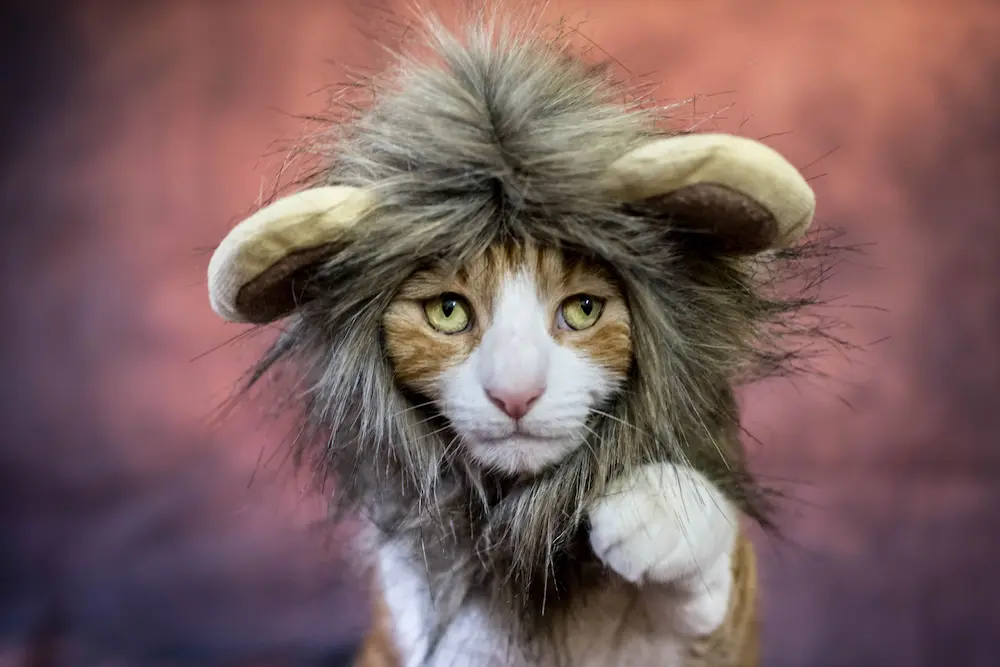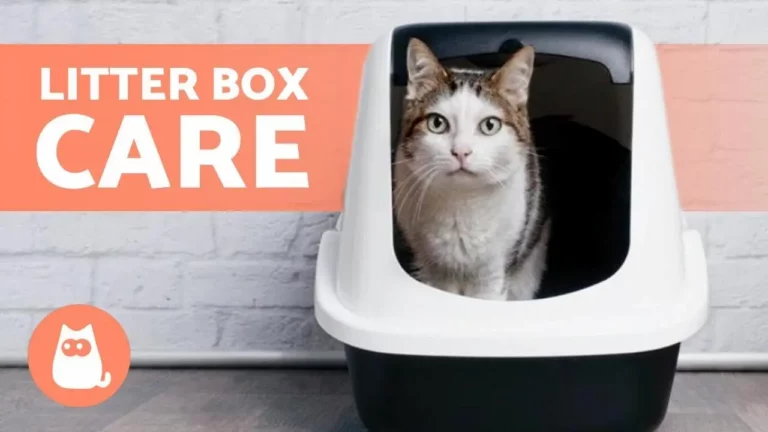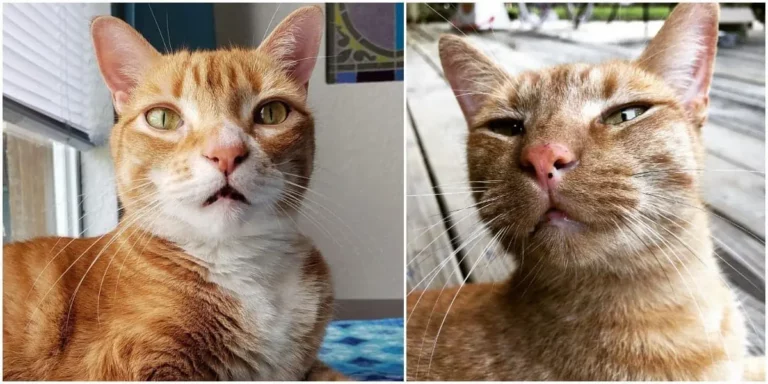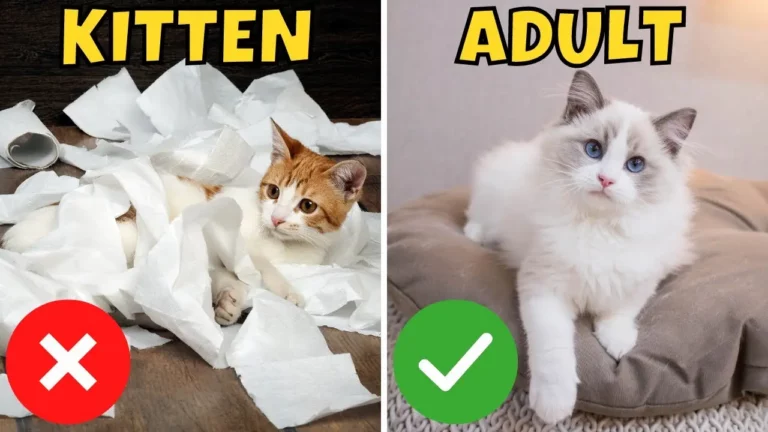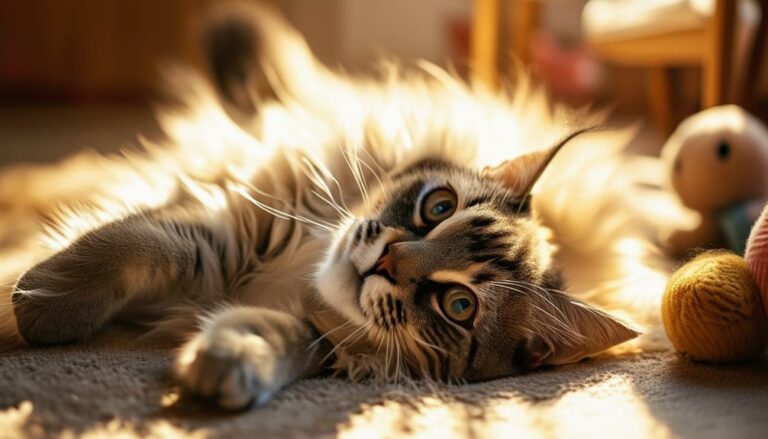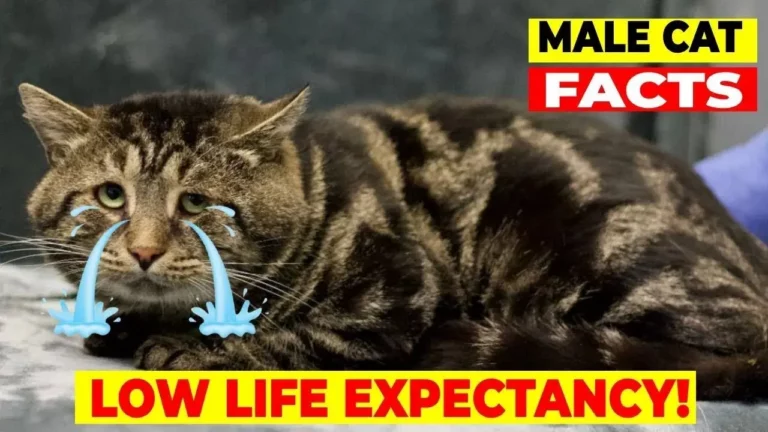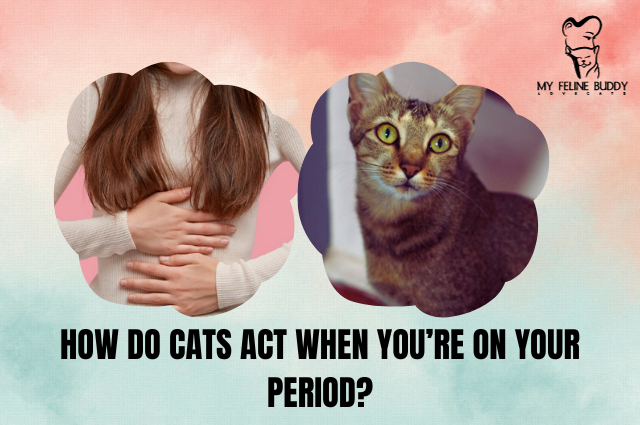Dressing Your Cat Safely: Tips for Comfort & Style
Have you ever spotted a
The internet is flooded with adorable pictures of cats in clothes, from tiny hats to full-on costumes, sparking a mix of reactions from “aww†to “should we?â€
As a
While some cats strut around like they’re on the runway, others might not be as enthusiastic, presenting a dilemma for pet parents.
Understanding the fine line between fashion and comfort for our cats is crucial.
In this text, I’ll explore the pros and cons of dressing up your
Should You Be Cosplaying Your Cats?
Dressing up cats in whimsical outfits, from superhero capes to miniature tuxedos, has become a popular trend among pet lovers.
But, before we transform our furry friends into characters from their (or more accurately, our) favorite movies or comics, it’s crucial to consider what’s best for them.
In this section, I’ll investigate into whether it’s appropriate to cosplay your cats, focusing on their perspective and comfort level.
What’s The Cat ‘s Perspective?
Firstly, let’s address the elephant in the room from the
Unlike humans, cats don’t have any natural inclination towards wearing clothes.
Their coats are their built-in outfits, perfectly designed by nature to regulate body temperature, protect from the sun, and allow freedom of movement.
Hence, when we introduce clothing, it’s not just about adding layers; it’s about altering their natural state.
Imagine you’re used to walking around in comfortable attire, and suddenly, you’re forced into a stiff, elaborate costume.
It might be fun for a photo, but long-term wear could become cumbersome.
Similarly, cats might tolerate or even enjoy brief moments in costumes for a photo shoot, but extended periods can lead to stress or discomfort.
How To Figure Out Your Cat ‘s Comfort Level?
Understanding your
- Start Small: Begin by introducing your
cat to minor accessories, like a bandana or a soft harness. Notice their reaction. Do they move freely, or do they freeze? A relaxedcat will go about their usual activities, while discomfort will make them sulk or attempt to remove the item. - Observe Body Language: Your
cat communicates their feelings through body language. Ears pinned back, furrowed brows, or attempts to hide could indicate they’re not enjoying the experience. On the other hand, if they purr, knead, or show normal behavior, they might not be bothered by the outfit. - Choose the Right Material and Fit: Ensure any clothing is made from soft, breathable fabric to prevent overheating and allows ample movement. The outfit should fit well, avoiding any tightness or loose ends that they could trip over.
- Gradually Increase Duration: If your
cat seems indifferent or even positive about wearing clothing, gradually increase the duration they wear it. But, always keep these sessions short to prevent any potential stress. - Safety First: Finally, never leave your
cat unsupervised while dressed. Accessories could get caught on objects, posing a risk of injury.
The Pros and Cons of Dressing Up Cats
Dressing up cats in adorable outfits might seem like an irresistible trend for pet lovers.
But, as a pet parent, I’ve learned that it’s crucial to weigh the potential benefits against the risks and considerations.
Let’s investigate into the pros and cons of outfitting our feline friends.
Potential Benefits of Cat Clothing
One might wonder, why dress up a
Surprisingly, there are a few situations where
For instance, during colder months, specially designed pet sweaters can provide extra warmth for short-haired or hairless breeds like Sphynxs, who might struggle to maintain their body heat.
Another practical use of
Cats recovering from surgery or with skin conditions can benefit from wearing a light shirt that prevents them from licking or scratching their wounds, aiding in the healing process.
Also, there’s an undeniable social and emotional component.
Sharing photos of our cats in playful costumes can foster a sense of community and joy among pet enthusiasts.
It can also be a fun way to involve your pet in family events or celebrations, provided they’re comfortable and willing participants.
Risks and Considerations
But, for every potential benefit, there are several risks and considerations that cannot be ignored.
First and foremost, safety is a concern.
Clothing can pose serious risks if it restricts a
Clothing that’s too tight can cause overheating, while outfits that are too loose might lead to accidents, like tripping or getting caught on objects, which could result in injury.
Cats rely heavily on body language to communicate.
Outfits can mask these signals, making it challenging for them to express discomfort, fear, or aggression to other pets or humans, potentially leading to stress or behavioral issues.
Cats are also fastidious groomers; their coats contain natural oils that maintain healthy skin. For more detailed information on cat grooming, this guide can be helpful.
Outfits can interfere with this grooming process, leading to skin problems or discomfort.
Besides, not all cats have the temperament for clothing.
While some may tolerate or even enjoy the extra attention, others may experience stress, anxiety, or discomfort.
Recognizing and respecting your
Signs of distress, such as attempting to remove the clothing, hiding, or aggressive behavior, are clear indicators that it’s time to forego the fashion.
Hence, if you’re considering dressing up your
Start with small, lightweight accessories to gauge their reaction, ensuring the fit is snug but not restrictive.
Always supervise your
Situations Where Clothing May Be Necessary
In my years of experience with cats, I’ve come to understand that while not all felines appreciate the glamor of dressing up, there are indeed cases where clothing is not just about aesthetics but necessity.
My aim is to guide you through these instances clearly and help you recognize when it’s genuinely beneficial for your
Medical Needs and Climate Considerations
Firstly, let’s investigate into the medical aspect.
Cats recovering from surgery or with skin conditions may benefit significantly from wearing specially designed pet clothing.
These garments can protect healing wounds, prevent licking or scratching at stitches, and keep affected areas clean.
For instance, a lightweight, breathable suit serves as an alternative to the traditional Elizabethan collar, allowing more comfort and mobility while ensuring the
Climate considerations form another crucial factor.
Even though their fur, not all cats are equipped to handle extreme weather conditions comfortably.
This is especially true for breeds with thin or sparse fur coats, such as the Sphynx, or elderly and sick cats who may struggle to regulate their body temperature.
During winter, a snug, warm sweater can make a world of difference to these cats, preventing hypothermia and keeping them comfortable.
Similarly, in the scorching summer months, a light shirt can protect against sunburn, particularly for light-colored or thinly coated cats who are susceptible to skin damage from UV rays.
Special Occasions: When Is It Acceptable?
Moving on to special occasions, the rule of thumb I always follow is the
Halloween, Christmas, or a family photo shoot may tempt you to outfit your furry friend for that adorable shot.
It’s okay to do so, provided the costume is safe, comfortable, and kept on for only a short duration. Ensure that any outfit:
- Doesn’t restrict movement, vision, or the ability to breathe, eat, and drink.
- Lacks small, detachable parts that could be swallowed.
- Allows them to communicate their mood and intentions, especially with their tail movements.
But, always observe your
If they seem distressed or uncomfortable, it’s time to forego the festive attire.
I’ve seen cats who, initially unsure, become comfortable with clothing once they realize it’s not a threat, thanks to positive reinforcement and gradual introduction.
Start with simple accessories like a festive collar that doesn’t weigh them down or restrict movement.
Wrapping It Up
Dressing up your
I’ve shared how choosing the right materials, ensuring a proper fit, and opting for alternatives like bandanas or harness costumes can make all the difference.
Remember, the key is to respect your
Start slowly, watch for their reactions, and prioritize their well-being above all.
By following these guidelines, you can enjoy dressing up your furry friend while keeping them happy and safe.
